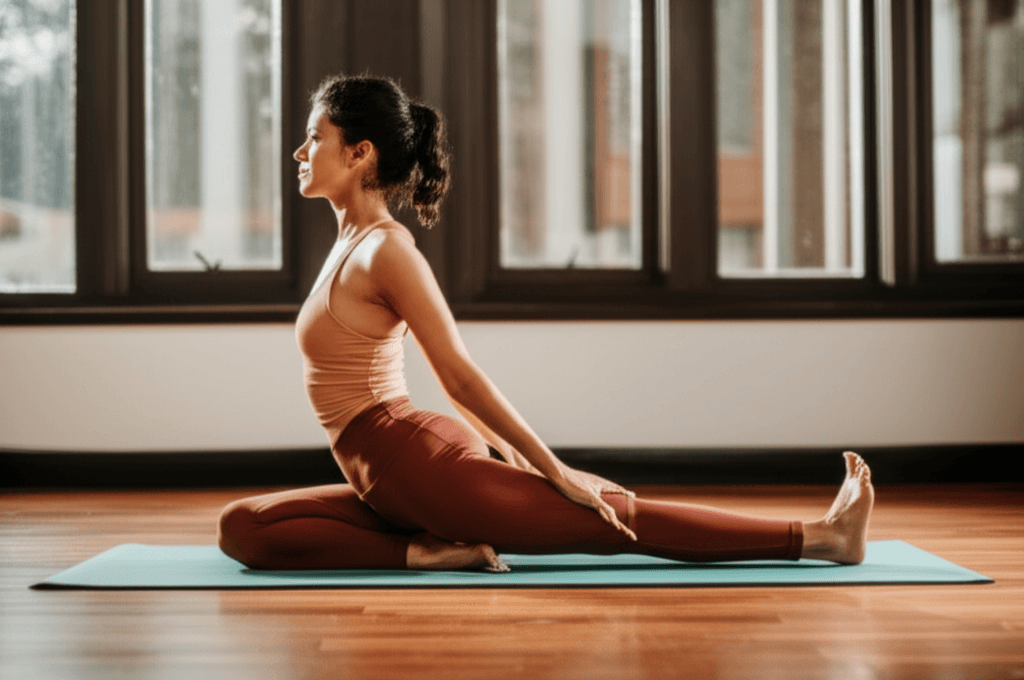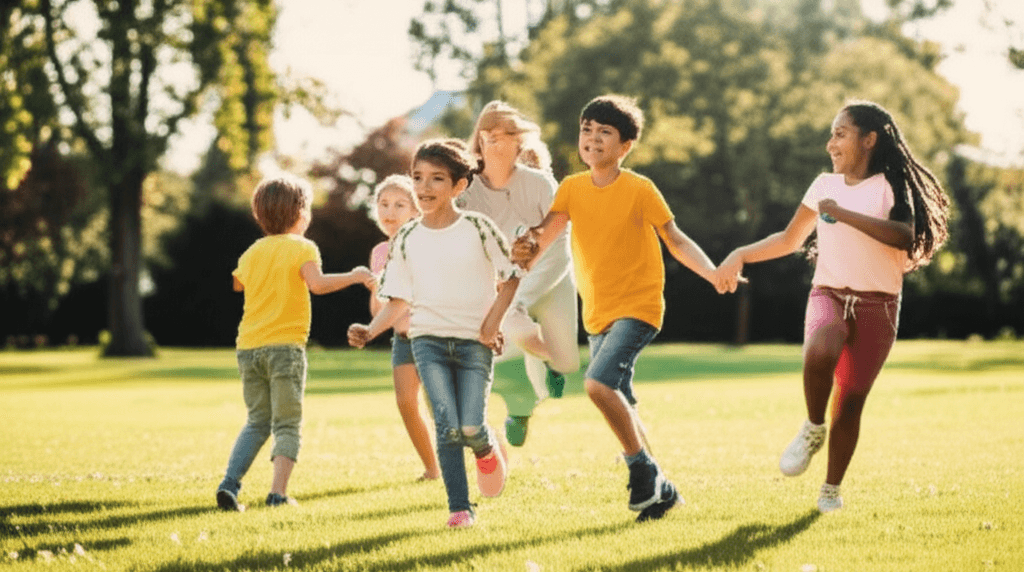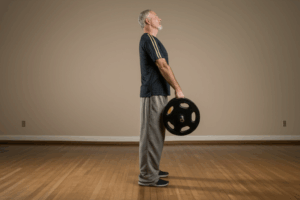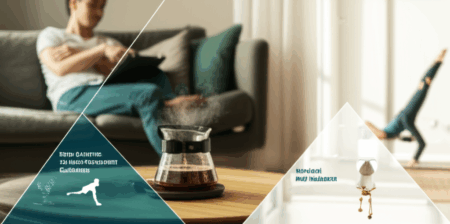The journey through preadolescence, typically spanning the ages of 9 to 12 years, is a period of profound transformation. Children undergo significant physical, emotional, and cognitive changes as they transition from childhood to early adolescence. During this crucial developmental window, mental health challenges such as anxiety, depression, and social stress can begin to emerge, making the interplay between physical health markers—body composition and fitness—and psychological well-being particularly vital. Understanding these connections is essential for fostering a holistic approach to children’s health.

Understanding Preadolescence: A Critical Developmental Stage
Preadolescence is a formative period characterized by rapid growth, hormonal shifts, and increasing social and academic pressures. Children in this age group become more aware of their bodies, often forming perceptions influenced by peers, media, and family dynamics. These perceptions can profoundly impact their self-esteem and overall mental health, making this stage critical for establishing healthy habits and a positive self-concept.

Body Composition’s Impact on Mental Well-being
A child’s body composition – the proportion of fat and lean mass – has a direct and significant bearing on their mental health. Recent research highlights that greater lean mass and higher fitness levels are associated with fewer symptoms of anxiety and depression in preadolescent children. Conversely, higher visceral adipose tissue (fat around internal organs) and overall body fat percentage are linked to increased anxiety and depression symptoms.
The Psychological Toll of Childhood Overweight and Obesity
Childhood overweight and obesity are consistently associated with a heightened risk of various psychological comorbidities. These include depression, anxiety, lower perceived quality of life, emotional and behavioral disorders, and compromised self-esteem. Studies indicate that children who are overweight or obese are more likely to experience psychological problems than their healthy-weight peers. The relationship can be bidirectional, with mental health issues potentially contributing to unhealthy eating habits, and obesity, in turn, leading to psychological distress.
Body Image, Self-Esteem, and Societal Pressure
Body image, or how children perceive and feel about their physical appearance, begins to form as early as preschool. A negative body image can have severe consequences, leading to low self-esteem, increased anxiety and depression, disordered eating behaviors, and social isolation. Children who dislike their bodies may feel inadequate or unworthy, affecting their willingness to engage in new activities or form friendships.
Preadolescents are highly impressionable, picking up on societal beauty standards reinforced by television, social media, and even adult behavior. Appearance-based comparisons on social media are particularly harmful, correlating with higher body dissatisfaction and potentially leading to compensatory exercise and loss of control eating. Furthermore, children who are overweight or obese are four to eight times more likely to be teased and bullied, and this weight-related stigma can significantly exacerbate psychosocial problems.

The Power of Fitness: Boosting Mental Health and Cognitive Function
Engaging in regular physical activity is a powerful tool for supporting the emotional well-being of pre-teens, promoting not only physical health but also significant positive effects on mental and emotional health.
Reducing Anxiety and Stress Through Movement
Exercise acts as a natural stress reliever by reducing tension in the body and helping the mind relax. Physical activities like running, swimming, or outdoor games help channel nervous energy into positive outlets, providing an effective way to manage anxiety. Aerobic exercises, in particular, have been shown to lower anxiety levels. Regular movement also reduces levels of the stress hormone cortisol, helping children feel more balanced and less anxious.
Enhancing Mood and Self-Esteem
Physical activity triggers the release of endorphins and serotonin—chemicals in the brain that promote feelings of happiness and relaxation, and regulate mood. This biochemical boost contributes to an improved mood and a greater sense of well-being. Moreover, physical activity improves motor and cognitive skills, providing opportunities for children to learn new things and achieve a sense of mastery, which significantly boosts self-esteem and confidence.
Cognitive Benefits and Academic Performance
Beyond emotional well-being, physical activity enhances cognitive function. Preadolescents who engage in regular exercise tend to perform better academically. Exercise increases blood flow to the brain, supporting crucial cognitive functions like memory, concentration, and problem-solving skills. For children struggling with attention or hyperactivity, physical activity can provide an outlet to release excess energy and improve focus.
Fostering Social Connections and Life Skills
Group and outdoor physical activities offer valuable opportunities for social interaction, helping children build social skills and confidence. These shared experiences can foster a sense of belonging and companionship, reducing feelings of loneliness and isolation. Participating in team sports or group fitness encourages collaboration, communication, and teamwork skills, and can even improve conflict resolution abilities. For children with social anxiety, a focus on a sport or activity can relieve some social pressure, allowing them to develop confidence in group settings over time.
Behavioral Improvements
Studies also suggest that regular moderate and intense physical activity has a small but detectable association with reduced behavioral problems, including hyperactivity, loss of temper, fighting, lying, and stealing, in early adolescence.

Nurturing a Holistic Approach: Strategies for Parents and Caregivers
Given the profound and intertwined relationships between body composition, fitness, and mental health in preadolescent children, a holistic approach is paramount.
Promote Physical Activity as Fun and Accessible
Encourage children to engage in at least 60 minutes of moderate to vigorous physical activity every day. Make physical activity fun and engaging, whether through structured sports, free play, or simple outdoor activities. Focus on participation rather than competition, especially for children who dislike competitive sports. Incorporate movement breaks throughout the day and be a role model by being physically active yourself.
Foster a Positive Body Image
Shift the focus from appearance to what bodies can accomplish. Encourage children to recognize their bodies’ functionality—what they can do (run, draw, play an instrument)—rather than solely on how they look. Teach children to combat negative self-talk and help them critically evaluate harmful stereotypes about body types in media. Parents and caregivers play a vital role in shaping a healthy body image by centering conversations on hobbies, skills, and personal interests, reinforcing that identity is multi-faceted and not limited to looks. Avoid even “positive” praise solely based on appearance, as this can inadvertently emphasize physical looks as a primary source of worth.
Prioritize Healthy Eating Habits
Consistently introduce children to a diverse range of nutritious foods. Healthy eating provides the necessary nutrients for brain development and helps children feel better about themselves. Establishing sound nutritional habits early in life is crucial for long-term health.
Encourage Open Communication and Seek Support
Create an environment of open communication where children feel comfortable discussing their feelings and any concerns about their bodies or mental health. Be vigilant for signs of body image issues, such as self-critical talk, social isolation, or significant changes in eating habits. If concerns arise, seeking professional guidance from pediatricians, child psychologists, or mental health professionals can provide crucial support.
Conclusion
The preadolescent years are a critical time when body composition, physical fitness, and mental health are deeply interconnected. Nurturing healthy body composition through balanced nutrition and consistent physical activity not only supports physical development but also profoundly impacts a child’s emotional regulation, self-esteem, cognitive function, and social well-being. By fostering a positive environment that values health, functionality, and open dialogue, parents, educators, and caregivers can empower preadolescent children to develop healthy habits and a resilient mindset that will benefit them throughout their lives.







